Nestled in the heart of the Peruvian Amazon, Manu National Park is a treasure trove of biodiversity. It’s a UNESCO World Heritage Site that spans from the Andean highlands to the lowland tropical rainforest.
This park is a haven for nature lovers and adventure seekers alike. It’s home to countless species of flora and fauna, making it one of the most biodiverse areas on Earth.
From birdwatchers to conservationists, Manu National Park attracts a diverse range of visitors. Featuring more than 1,000 bird species and numerous endangered creatures such as the jaguar and giant otter, it is truly a haven for wildlife enthusiasts.
But Manu is more than just a wildlife sanctuary. It’s a living testament to the rich cultural heritage of its indigenous communities. These communities have maintained their traditional lifestyles with minimal outside influence, adding a unique cultural dimension to the park.
Visiting Manu National Park is not just about sightseeing. It’s about enjoying the beauty of nature, understanding why conservation matters, and respecting the local culture.
Whether you’re planning a day trip from Cusco or a multi-day excursion, Manu offers a variety of experiences. From riverboat journeys along the Manu River to exploring diverse ecosystems, there’s something for everyone.
In this guide, we’ll take you on a journey through the wonders of Manu National Park. We’ll explore its rich biodiversity, delve into its history, and provide tips for planning a responsible and memorable visit. So, let’s embark on this adventure together and discover the magic of Manu National Park.
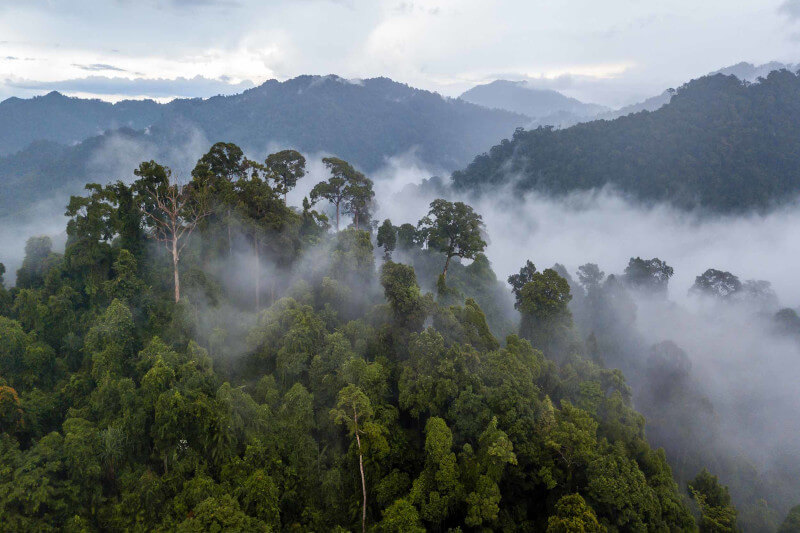
Manu National Park beckons with its untamed beauty and ecological significance. It spans three distinct regions: the highland Andes, cloud forests, and sprawling Amazonian lowlands. These diverse ecosystems create a perfect tapestry for countless species to thrive.
Its allure lies not only in its biodiversity but also in its pristine, untouched wilderness. Unlike many other parts of the Amazon, Manu remains largely unspoiled by human activity. This makes it a vital refuge for wildlife and a fascinating destination for those seeking authentic nature experiences.
The park offers an escape from the hustle and bustle of modern life. Here, the symphony of nature reigns supreme, with the chorus of birds and the rustle of leaves providing a constant soundtrack. Visitors are invited to slow down, breathe deeply, and connect with the natural world in a profound way.
Adventure seekers will find plenty to capture their imagination. The park’s remote trails and river routes offer a sense of exploration and discovery. Every turn reveals a new marvel, from hidden waterfalls to vibrant flocks of macaws at clay licks.
Cultural heritage adds another layer to Manu’s appeal. The park is a living museum of indigenous traditions and ancient customs. Visitors can learn from these communities. They can gain insight into how these groups live sustainably and their strong connection to the land.
Manu’s value extends beyond its borders. As a critical carbon sink, it plays a role in global climate regulation. By visiting responsibly, travelers support local conservation efforts and contribute to preserving this extraordinary ecosystem for future generations. Manu National Park attracts visitors with its stunning nature and deep cultural stories, ready to be explored.
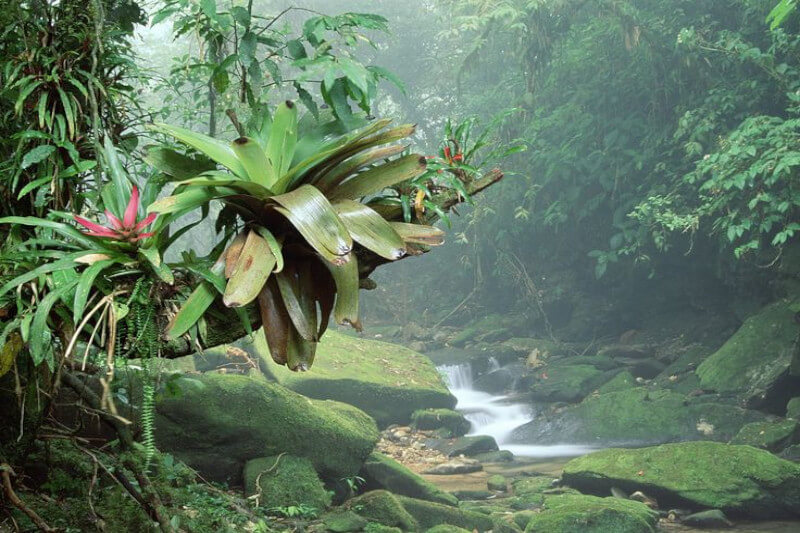
The journey from Cusco to Manu National Park is as intriguing as the destination itself. This trip takes you from the heights of the Andes to the lush expanses of the Amazon Basin. Each mile brings you closer to the vibrant heart of nature.
Travelers often set out from Cusco, a city steeped in history and culture. From here, the route descends through diverse landscapes, offering glimpses of Peru’s astonishing geographical diversity. As you travel, the air changes from crisp mountain breezes to the humid warmth of the jungle.
A myriad of transportation options are available. People who like adventure might think about using both overland vehicles and riverboats. This can make their trip more exciting.
Others may choose organized tours that carefully guide you through this incredible journey.
Here’s a simple list to help plan your trip from Cusco:
As the journey unfolds, the anticipation builds, with each bend revealing new vistas. The road leads past cloud forests, where mist shrouds the trees, and then descends towards the bustling life of the rainforest.
Arriving at Manu National Park is akin to stepping into another world. The natural symphony that surrounds you signals the start of a wondrous adventure. Your journey through this changing landscape is a prelude to the wonders that await within the park’s borders.
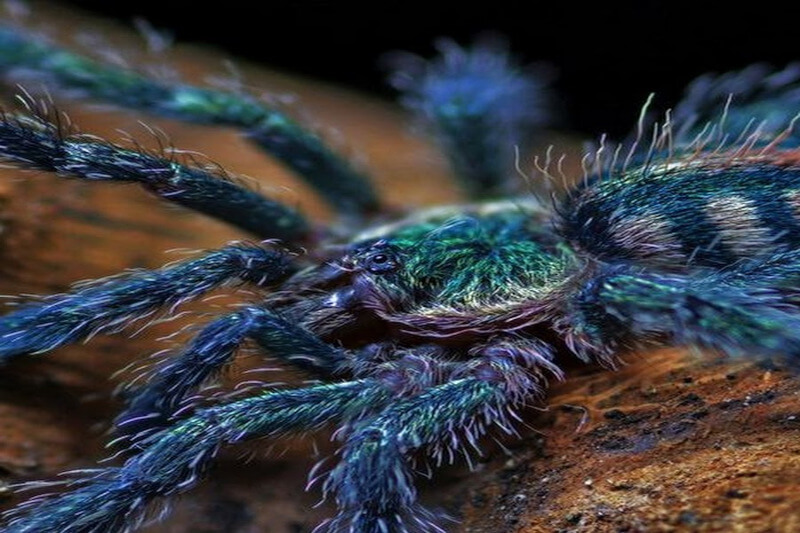
Manu National Park is a vast sanctuary of biodiversity. It is home to an incredible array of plant and animal life. The park’s varied ecosystems provide habitats for a multitude of species.
The park’s lush vegetation includes towering trees, vibrant orchids, and ferns. These plants create a green canopy that is both dense and breathtaking. Each layer of the forest supports different forms of life.
In the cloud forest, the air is cool and moist. Epiphytes and mosses drape the trees, creating a mystical aura. This region is rich in unique plant species adapted to these conditions.
As you journey into the lowland rainforest, the diversity of life intensifies. Here, massive ceiba trees stretch toward the sky. Their roots form intricate networks on the forest floor.
Manu’s waterways host aquatic plants and animals. The winding rivers are lined with lush vegetation. This creates a vital corridor for wildlife movement.
The varied habitats are home to many animal species. From reptiles and amphibians to mammals, each plays a role in the ecosystem. These complex interactions make Manu an ecological masterpiece.
Manu’s richness in biodiversity also makes it a hotspot for scientific research. New species are continually discovered, adding to its mystery. This paradise is a living laboratory for ecologists and conservationists.
Manu National Park is a birdwatcher’s dream. With over 1,000 bird species, it offers unrivaled opportunities for avian exploration. The park’s varied ecosystems support an immense variety of birds.
Birdwatchers can spot colorful macaws and parakeets. Watching these birds soar above the canopy is a spectacular sight. Their vibrant plumage contrasts beautifully with the lush green of the forest.
The park’s clay licks are a hub of activity. Parrots and macaws gather here, creating a mesmerizing display. Their vivid colors and raucous calls fill the air with vibrant life.
Manu’s birdwatching experience is not limited to just sight. The park comes alive with the melodious songs of countless species. Each call adds a note to the symphony of the rainforest.

The dense forests of Manu are home to majestic mammals. Among them is the elusive jaguar, a symbol of strength and mystery. These solitary predators roam the undergrowth with unmatched grace.
While jaguars are elusive, the park’s rivers reveal other wonders. Giant otters playfully swim in the waterways. These social creatures are fascinating to observe as they hunt in groups.
Beyond the riverbanks, the rainforest shelters many more species. The strikingly marked tapir roams these forests, browsing for food. This large mammal is surprisingly agile despite its size.
High in the trees, the rainforest echoes with the calls of howler monkeys. Their distinctive cries resonate through the canopy. These primates add a lively dynamic to the forest’s rhythms.
Capuchin monkeys also add to the richness of Manu. Known for their intelligence and curious nature, they are often seen in family groups. Their presence is a reminder of the park’s incredible mammalian diversity.
The spectacled bear, South America’s only bear species, can also be found here. This endangered species further highlights the park’s importance in conservation. Each mammal plays a crucial role in maintaining the ecological balance.
Manu’s tapestry of mammals draws enthusiasts from around the world. Their presence is a testament to the park’s rich biodiversity and conservation success. Observing these animals in their natural habitat is an unforgettable experience.
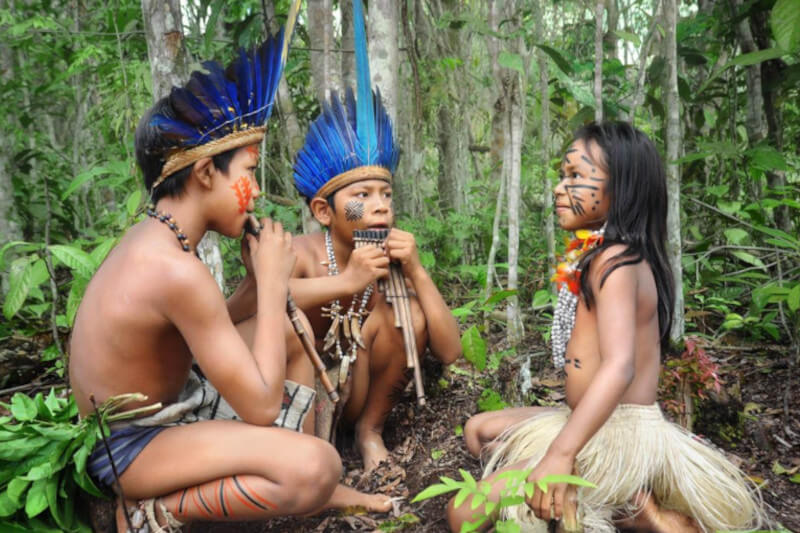
Manu National Park is not just a haven for wildlife. It is also a land steeped in rich human history. The park’s indigenous communities have thrived here for centuries, living in harmony with nature.
These communities possess profound ecological knowledge. Their way of life reflects deep respect for the environment. Traditional practices have helped preserve the park’s biodiversity.
Ancient cultures once flourished in this area. Archaeological sites within the park tell stories of these early inhabitants. Relics and artifacts hint at sophisticated societies that valued nature deeply.
Spanish colonization brought significant change to the region. The impact of colonization still resonates through cultural shifts and exchanges. Nonetheless, many communities have maintained their traditions.
Today, indigenous groups like the Machiguenga and Yine hold steadfast to their ancestral lands. They continue to practice their cultural rituals and traditions. Their presence enriches Manu’s cultural tapestry.
Collaborative efforts between park authorities and indigenous groups focus on sustainable practices. These initiatives ensure that development does not compromise cultural heritage. The park’s preservation is tied to the well-being of its people.
Visitors to Manu National Park can learn from these communities. By engaging respectfully, they gain insights into local customs and ways of life. Cultural sensitivity enhances the travel experience and fosters mutual understanding.
Learning about indigenous cultures in Manu offers a deeper connection to this incredible environment. It highlights the vital role of human stewardship in conservation. Understanding and respecting these cultures is key to sustaining the park’s future.
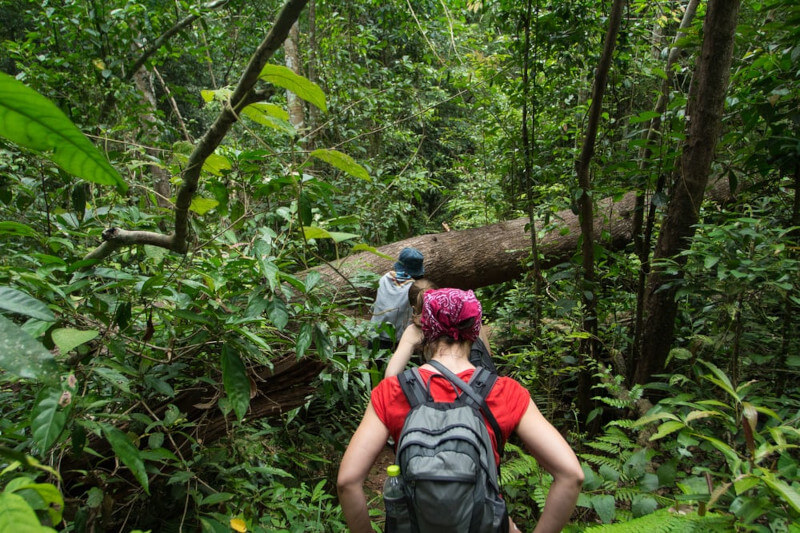
Manu National Park stands as a beacon of eco-tourism and conservation. These efforts are pivotal in preserving its unique ecosystems. Visitors play a crucial role in supporting this mission.
Conservation projects in the park focus on sustainable resource use. These initiatives aim to balance human activities with ecological needs. This approach helps protect wildlife and plant species from threats.
Non-governmental organizations actively contribute to conservation efforts. They collaborate with park authorities and local communities. Their work ensures that conservation strategies are effective and inclusive.
Eco-tourism promotes awareness and appreciation of Manu’s natural beauty. By choosing eco-friendly tours, visitors support conservation goals. Sustainable travel practices ensure Manu continues to thrive for future generations.
Responsible tourism is essential for maintaining Manu’s natural and cultural heritage. Travelers must be mindful of their impact to help preserve this unique environment.
To engage in responsible tourism, consider the following practices:
Additionally, support local economies through sustainable purchases. Buying locally-made crafts helps local artisans and conserves resources.
Cultural sensitivity is also key. Approach interactions with indigenous communities respectfully. Understanding and respecting their customs enriches the travel experience and helps sustain local traditions.
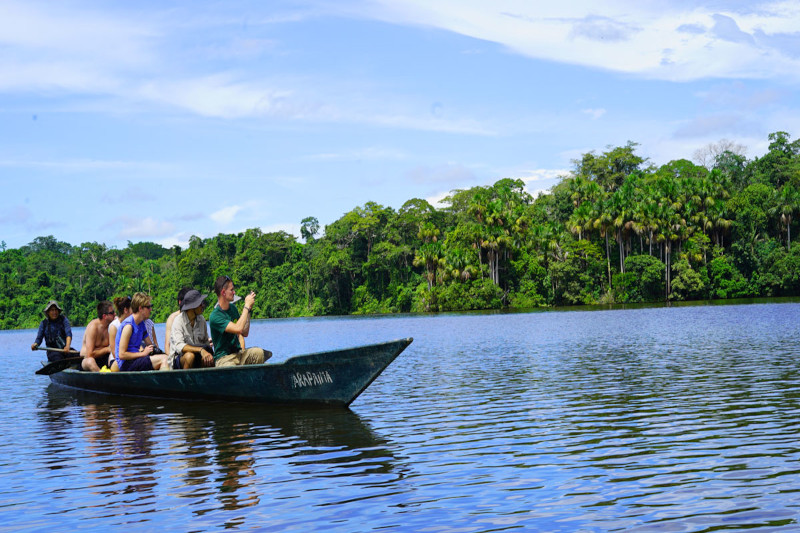
Embarking on a Manu National Park tour promises an unparalleled adventure. These tours offer a gateway into one of the planet’s most biodiverse realms. Excursions vary, catering to both novices and seasoned travelers.
The journey typically begins in Cusco, the historic capital of the Incas. From there, guided tours transport you into Manu’s lush depths. The experience unfolds through contrasting landscapes and diverse ecosystems.
Expect a mix of serene riverboat rides and invigorating hikes. Navigating the winding Manu River is an adventure in itself. Here, you’ll witness an array of wildlife, from playful monkeys to majestic birds.
Tours also highlight Manu’s cultural tapestry, immersing visitors in indigenous communities. Engage with their traditions and learn about their harmonious relationship with nature. These interactions provide a window into the region’s enduring heritage.
When booking a tour, consider the itinerary and the focus of the journey. Here are some common elements included in Manu National Park tours:
Approach your tour with a spirit of adventure and curiosity. Patience and respect enrich your experience, allowing you to fully appreciate Manu’s wonders.
Selecting the right tour operator shapes your Manu adventure. It’s crucial to ensure they follow eco-friendly practices. Responsible operators prioritize conservation and support local communities.
Research operators to find one that aligns with your values. Look for testimonials or recommendations from past travelers. Verify their commitment to sustainability and cultural sensitivity.
Choosing wisely contributes to a memorable and ethical journey. A good operator enhances your experience, providing expert guidance and insights into Manu’s natural and cultural riches.
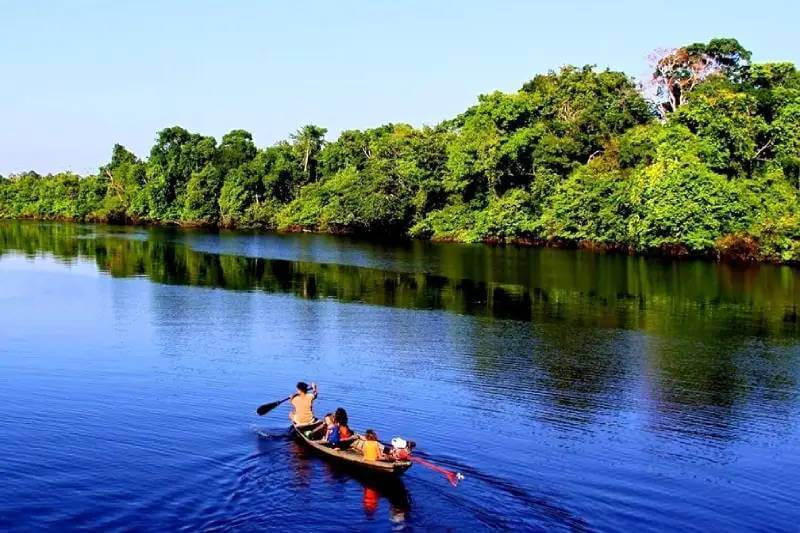
Timing your visit to Manu National Park greatly enhances the experience. The ideal time is the dry season, running from May to October. During these months, wildlife is more active and trails are easier to navigate.
Prepare well to make the most of your journey. The region’s tropical conditions demand thoughtful packing. Consider the activities planned and the park’s varied ecosystems when deciding what to bring.
Essentials include appropriate clothing and gear to ensure comfort and safety:
Proper preparation keeps you ready for whatever Manu may offer. It also encourages responsible travel, minimizing your environmental impact while ensuring an enjoyable adventure.

Manu National Park beckons with experiences that engage all the senses. Immerse yourself in its symphony of sights and sounds as you explore this lush paradise. Every corner unveils nature’s secrets, waiting for curious travelers.
Take part in guided hikes along the park’s intricate network of trails. These paths wind through the dense rainforest and up into cloud-shrouded highlands. Each step reveals diverse ecosystems and countless species.
For birdwatchers, the vivid colors and melodies of over 1,000 bird species provide endless fascination. Parrots and macaws dominate the clay licks, creating a mesmerizing spectacle. Patience rewards those who seek the park’s feathered treasures.
Photography enthusiasts will find Manu a living canvas. Capture images of wildlife, from stealthy jaguars to playful monkeys. The changing light and textures present endless opportunities for stunning shots.
Finally, learn from the indigenous communities that call the park home. Engage with their stories and traditions to deepen your understanding of Manu’s cultural heritage. These encounters leave visitors with a profound respect for this land and its people.
The adventure doesn’t end when the sun sets over Manu’s horizon. Night walks offer a glimpse into the park’s nocturnal world. Armed with flashlights, observe creatures that emerge only after dark, revealing a new side of life.
For the adventurous, caving presents an exhilarating experience. Delve into caverns hidden within the park’s landscapes, uncovering subterranean wonders. These activities invite you to venture beyond the ordinary, exploring Manu’s mysteries from all angles.
Manu’s canopy walkways offer a unique perspective, high above the forest floor. Suspended among the trees, these walkways provide a bird’s-eye view of the vibrant rainforest. The treetop experience instills a deeper appreciation for the ecosystem’s vastness.
Riverboat journeys along the Manu River present a leisurely way to explore the park’s heart. Drift along, encountering playful otters and sunbathing caimans. These boat tours allow guests to traverse the park’s waterways, unveiling its aquatic life.
To truly understand Manu, consider staying with local families. Homestays provide a deep cultural immersion, offering insights into traditional ways of life. Share meals and stories, fostering connections that transcend borders.
This firsthand experience enriches your understanding of the indigenous cultures safeguarding Manu’s legacy. As a guest in their world, you contribute to the preservation of traditions while gaining profound memories in return.
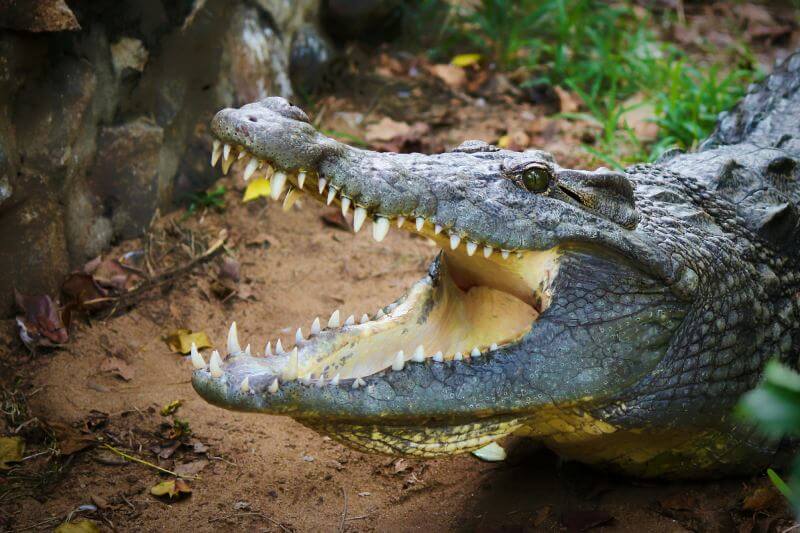
Manu National Park captivates with its untamed beauty and intricate ecosystems. It’s more than a destination; it is a refuge for the soul. Every visit uncovers fresh insights into the delicate dance of nature.
Answering the call of the wild means embracing a responsibility. Visitors to this remarkable place depart not only with memories but also with a dedication to safeguarding and appreciating natural wonders everywhere. In Manu, we reconnect with the essence of the earth and our place within it.
Do not hesitage to give us a call. We are an expert team and we are happy to talk to you.
1.8445.3356.33
Help@goodlayers.com
